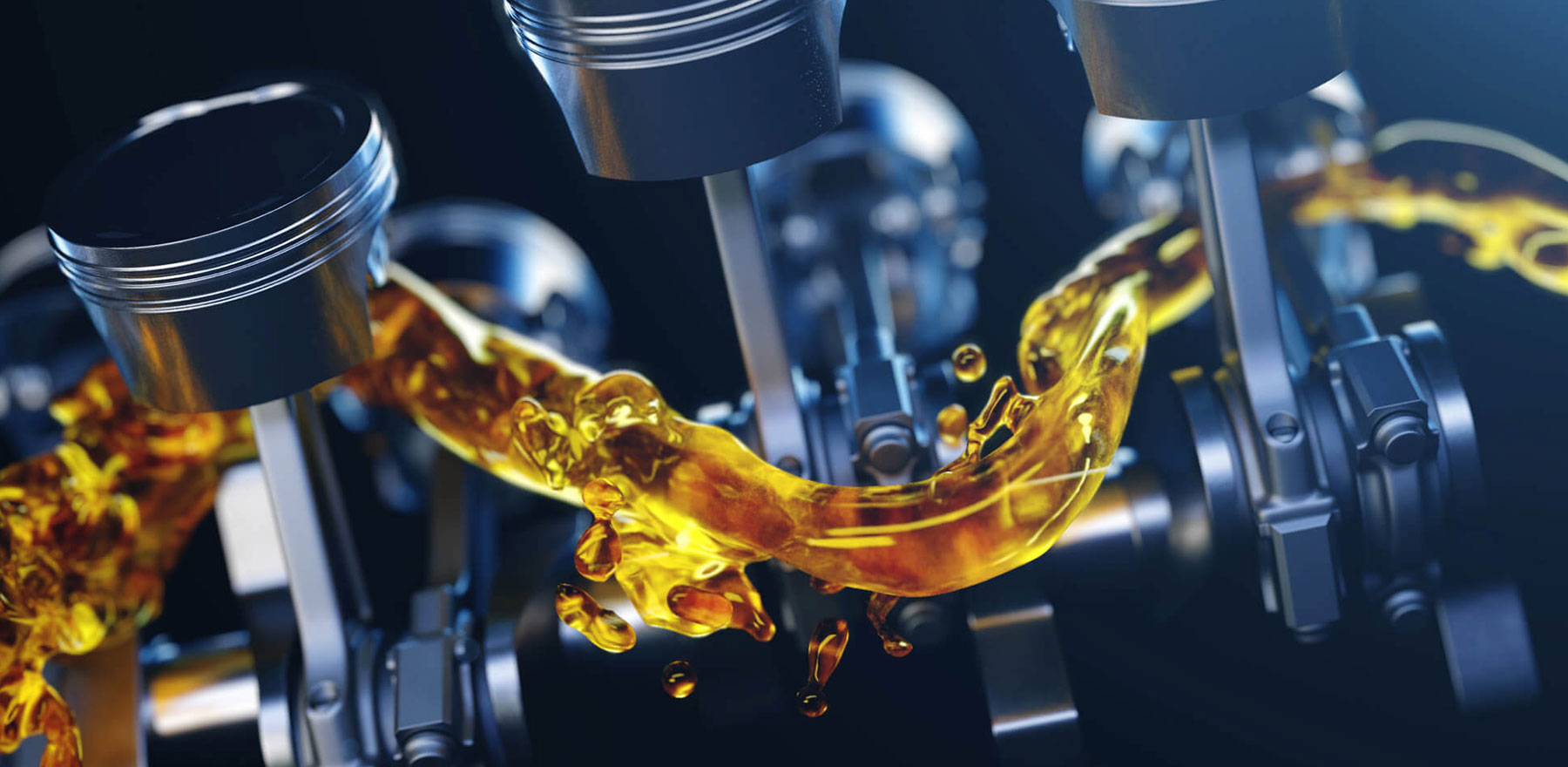
Every hour of plant availability is paid for twice, once in capital and once in care. For heavy industry across Australia, from mining to manufacturing, the right industrial oil is more than a lubricant – it’s a reliability tool. It separates metal surfaces, carries away heat and contaminants, and protects seals so machinery runs to plan rather than to failure.
Film formation, viscosity, and additive fit
A good lubricant must form a stable film at the machine’s operating temperature and load. Too thick, and you get contact, wear particles, and heat. Too thin, and you waste energy, create excess heat and degrade the oil pass the point of functional lubrication. Match viscosity to duty and climate, then confirm your choice with trend data from oil analysis.
In high-load gear trains, ISO VG grades in the 150–460 range are common, with product data sheets detailing scuffing and micropitting control through extreme-pressure additives. LSA Oils publishes industrial gear oils with clear grade and service guidance, backed by an easy-to-use Lube Guide for product selection.
Cleanliness drives life
Particles act like an abrasive lapping compound inside your machinery. Aggressive control of contamination extends component life and stabilises plant availability. ISO 4406 cleanliness codes provide a simple way to track particle counts at >4, >6, and >14 μm, and even a one-code shift represents a material change in debris load. Results like 18/16/13 often mark the start of reliable operation in hydraulics and gearboxes. Build cleanliness at bulk storage, transfer, and at the machine with breathers and on-loop filtration, then verify with counts and water testing.
Standards, duties, and documents in Australia
Work health and safety law makes lubrication a managed risk, not a guess. The Model Code of Practice on managing risks of plant sets expectations for identification of hazards, control measures, and maintenance across the plant lifecycle. Where lubricants are hazardous chemicals, the Code of Practice for Safety Data Sheets requires current SDS and accessible records, and Safe Work Australia outlines when SDS are mandatory for workplace use. Align lubrication procedures with these requirements to stay compliant and audit-ready.
Make access safe and routine
Good engineering keeps people out of harm’s way. Guidance from SafeWork NSW is plain about guarding, access, and the need to design routine tasks such as lubrication so they can be done without removing guards. This reduces the temptation to bypass protective devices and cuts a common source of incidents. Include these access requirements when you purchase or modify machinery.
Supplier capability matters to uptime
Product range, clean delivery, and technical support shape outcomes on the floor. LSA Oils maintains an Australian footprint with branded stores and stockists, and offers industrial gear, hydraulic, compressor, and grease ranges with local support. A capable partner can help consolidate products, raise cleanliness at receipt, and shorten fault-finding through responsive analysis and advice on machinery lubricants.
Build a lubrication program, not a shopping list
Treat storage, transfer, application, and condition monitoring as one system. Start by confirming viscosity grades against duty and ambient conditions using product data. Target fluid cleanliness with sealed containers, desiccant breathers, and filtration sized for the system. Fix sampling points and intervals so viscosity, TAN, water, and particle trends give you time to act. Close the loop with corrective actions, then review failure data so you know which controls pay back. Case research across heavy industry shows that disciplined contamination control and oil analysis cut failure rates and extend service intervals.
The maintenance maths that wins budget debates
Lubrication done well lowers energy draw, extends component life, and reduces unscheduled downtime. These savings land as avoided rebuilds, shorter outages, fewer leaks, and confident run-lengths between planned stops. Track results in availability, maintenance hours avoided, and rebuild spend, not just drum price. If you need external support, engage lubricant specialists who can align product selection, cleanliness targets, sampling regimes, and WHS documentation with your site’s risk profile.
Practical checklist for Australian sites
- Select viscosity by duty, temperature, and OEM guidance, then verify in service with analysis.
- Set cleanliness targets by asset class and measure against ISO 4406 codes.
- Keep SDS current and accessible for any hazardous lubricants in use.
- Design lubrication access so guards stay on and tasks are routine.
- Partner with a supplier that provides clean deliveries, sound advice, and local stock.
With these fundamentals in place, oil stops being just a cost on the books and starts acting as a powerful reliability tool – keeping your assets online and your maintenance schedule predictable.